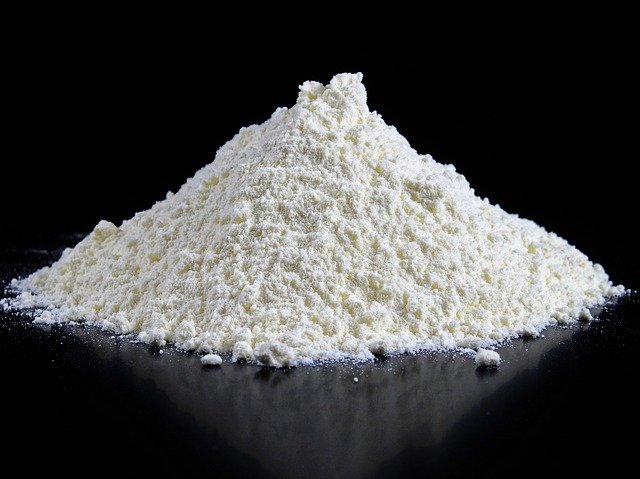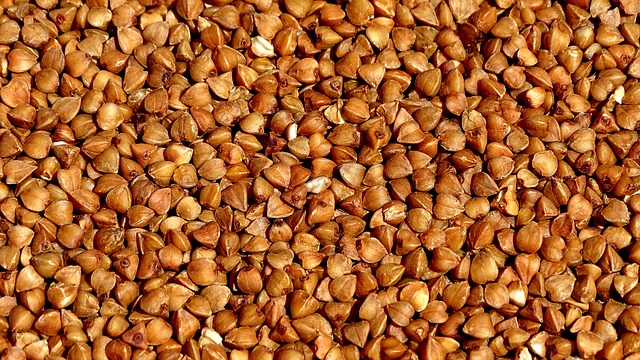Alternative Flour
various nuts, amaranth, buckwheat flour, and lupin flour are substitutes for those suffering from celiac diseasebecause they do not contain gluten . However, even conventional cooking cannot avoid them. Indeed, you have to go to the health food store and invest a little more. Some types of flour, such as barley flour, have a more bitter taste and are not suitable for long-term storage. However, these flours are widely available, so let\’s take a closer look at some of the varieties before we go shopping.
amaranth flour
is characterized by itsnutty taste, similar to hazelnuts. Just add a small amount to desserts and you have a magical dessert. This combination can be used in a normal kitchen by healthy people, and is made in a roughly 1:3 ratio, so that there is naturally more conventional flour. Since it does not form lumps, it can be sprinkled directly into the pan and is suitable for thickening. It is suitable for weight loss, but also for diabetics, for example. Should be preferred in cream puffs, béchamel and white sauces, fruit purchases and cereal porridges.
buckwheat flour
when smoothed, it is ideal for thickening sauces and bouillons. It has the remarkable property of capturing and enhancingthe flavors of a dish without adding mealy flavors. It also does not need to be cooked for as long as conventional flours. Flour hardens a bit, so be careful not to make the mistake of mixing it with a small amount of water and adding it to the dish. It\’s great for stews, rich meat dishes, vegetable stews, bechamel for dipping, and even mushroom dishes.
There are other types of gluten-free ingredients,often used to bake classic pastries, make cakes and dumplings. The possibilities are numerous and depend on your culinary skills.
